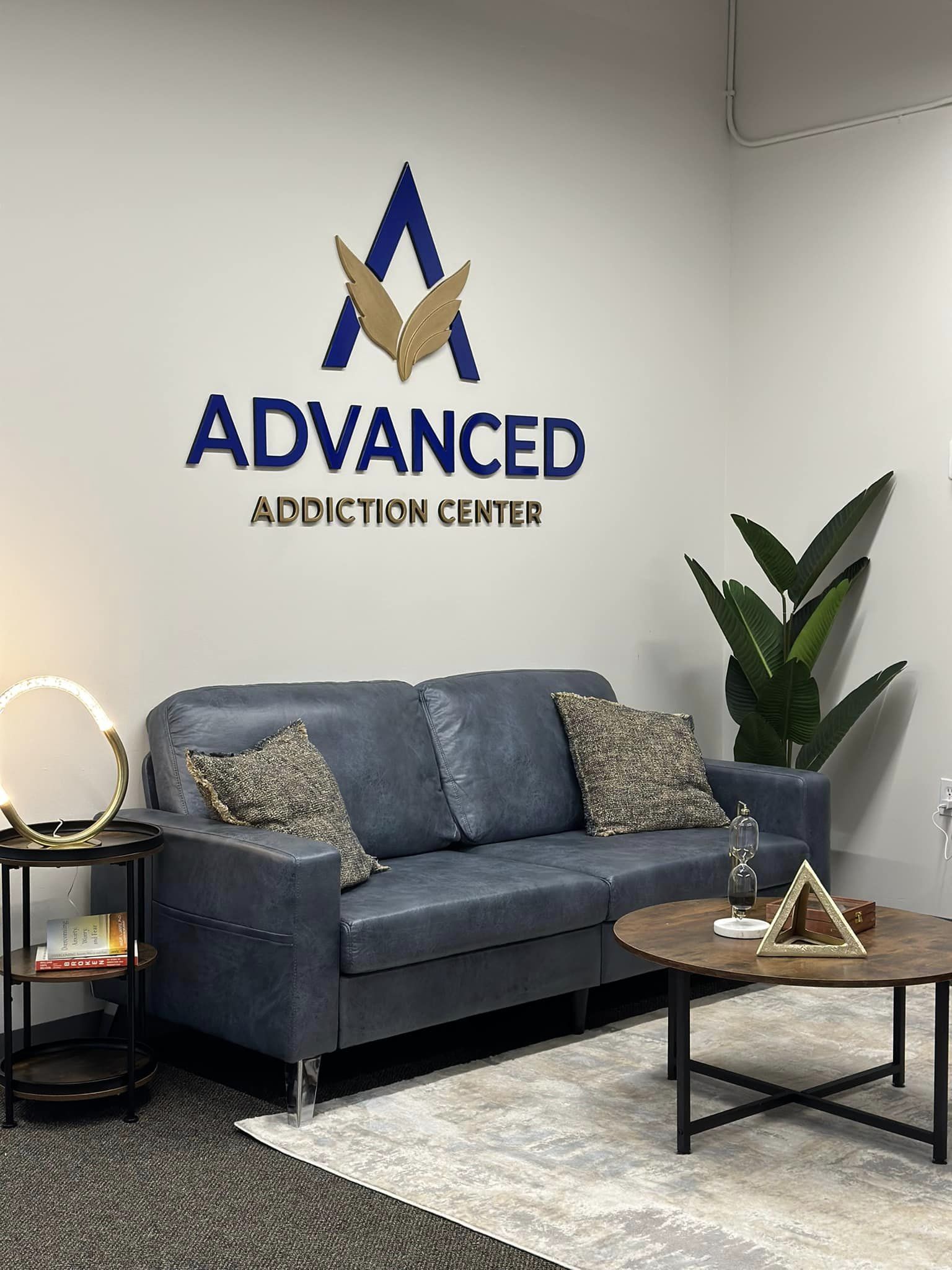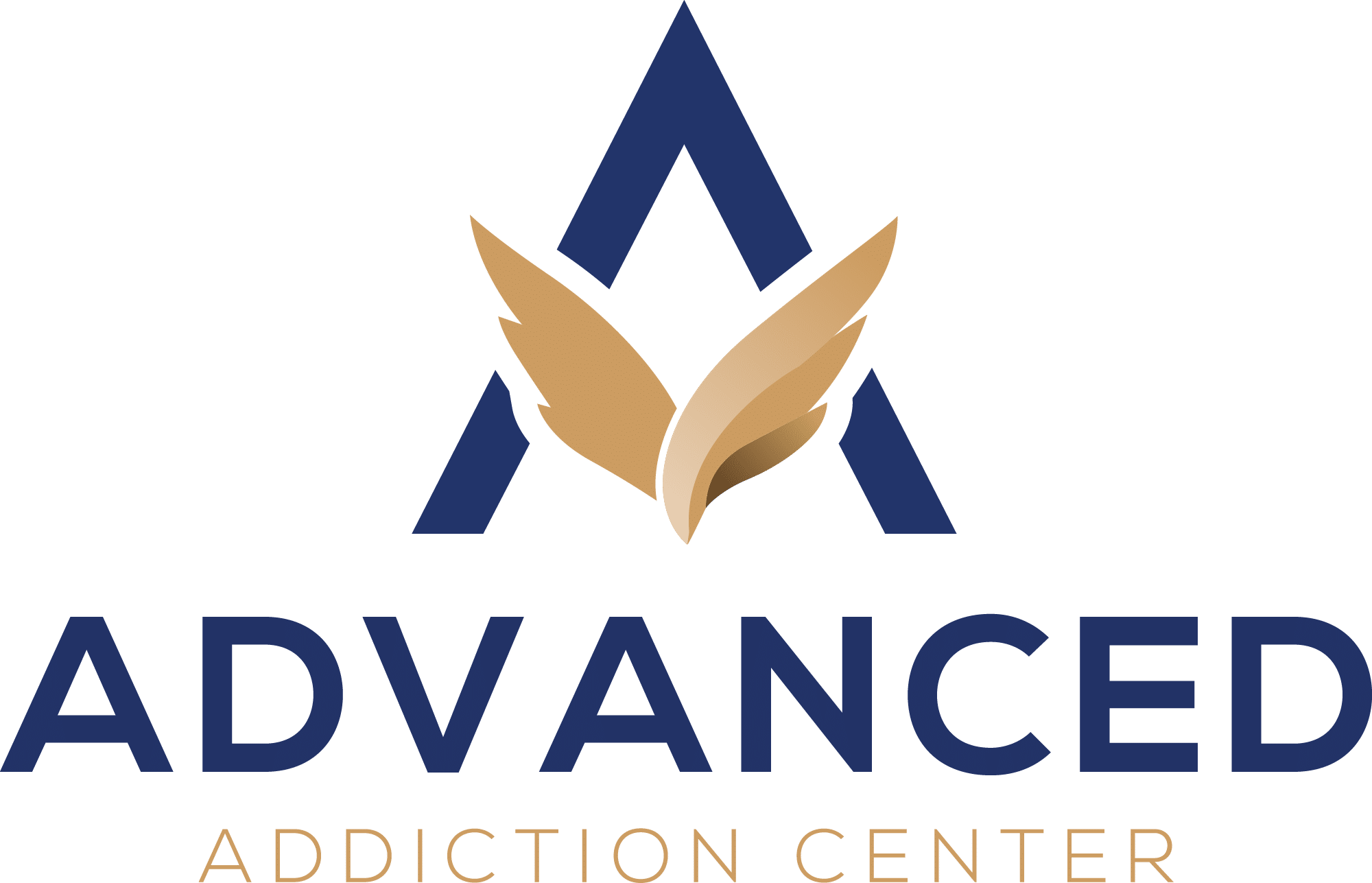Opioid Addiction Rehab
Opioids, such as oxycodone, hydrocodone, and fentanyl, have long been prescribed as powerful pain relievers. However, the misuse and abuse of opioids have contributed to a global epidemic, causing immense harm to individuals and communities.
Find out if your insurance will cover the cost of treatment.
"*" indicates required fields


The History and Rise of Opioids in America
By the mid-2000s, the opioid epidemic was officially recognized as a health crisis, and measures such as monitoring prescriptions and having a drug that can reverse overdoses (naloxone) on hand were implemented.
Between 2010 and 2021, the number of deaths from opioid overdoses increased dramatically, reaching 80,411 in 2021. Fentanyl, a very strong synthetic opioid used for severe pain, is causing even more problems when mixed illegally with other drugs like heroin or fake pills, which is dangerous.
Addressing the opioid crisis in Medford, MA, involves comprehensive efforts to aid those struggling with addiction, explore alternative pain management solutions, and raise awareness about the risks of opioid abuse. Despite the challenges, finding effective solutions to the problems caused by opioid use remains a top priority. Stay informed and involved to contribute to the ongoing battle against opioid addiction in Medford, MA.

What’s the Difference Between Opioids and Opiates?
Opioids
Opioids are man-made compounds created from alkaloids, which are natural chemicals found in plants like the opium poppy, from which morphine is derived. These synthetic substances work by attaching themselves to specific receptors in the brain known as opioid receptors. This interaction serves to obstruct pain signals, providing relief from discomfort. Additionally, opioids can induce a sense of euphoria or a “high.”
Among the widely known opioids are oxycodone, often recognized by its brand name OxyContin, hydrocodone found in medications like Vicodin, and fentanyl, a potent synthetic opioid. These substances, though effective in managing pain, carry a risk of misuse and addiction due to their impact on the brain’s reward system. Understanding the nature and effects of opioids is crucial for their safe and responsible use in medical settings.
Opiates
Opiates, similar to opioids, originate from the alkaloids present in the opium poppy plant. The term “opioid” is often used as a broader category that encompasses both natural opiates and synthetic opioids. Morphine and codeine are examples of opiates, and they share similarities with synthetic opioids in their ability to bind to opioid receptors in the brain.
While the distinction between opioids and opiates lies in their origin (synthetic vs. natural), both play a role in pain management. However, it’s essential to recognize the potential for misuse and addiction associated with these substances. As part of the broader conversation about the opioid epidemic, understanding both opioids and opiates helps facilitate informed discussions about their use, benefits, and risks in various medical contexts.

What are the Signs and Symptoms of Opioid Addiction?

Physical Symptoms
The following are typical physical indicators of opioid addiction:
- Nausea and Vomiting: Opioids tend to upset the stomach, particularly when used inappropriately.
- Constipation: Opioids can slow down the movement of food through the intestines, leading to constipation.
- Pinpoint Pupils: Opioid use is often characterized by the constriction of the pupils, making them unusually small.
- Slurred Speech: Higher doses of opioids impact the areas of the brain that govern speech, resulting in slurred or impaired speech patterns.
- Impaired Coordination: Opioids have a notable effect on balance, coordination, and motor functions, leading to impaired physical coordination.
- Itching or Scratching: Opioid use can trigger intense itching or scratching, often referred to as “opioid itch.” This is a common side effect resulting from the release of histamines in the body.
- Sedation or Drowsiness: Opioids can induce a state of extreme relaxation, leading to excessive drowsiness or sedation. Individuals may appear unusually tired or even nod off during inappropriate times.
- Respiratory Issues: Opioids can depress the respiratory system, leading to slowed breathing. Shallow or irregular breathing patterns may be observed in individuals struggling with opioid addiction.
- Fluctuating Energy Levels: Individuals addicted to opioids may experience unpredictable energy levels, swinging between periods of intense euphoria and alertness to extreme lethargy and fatigue.

Behavioral Changes
Look for major changes in behavior or routines:
- Isolating from friends or family. Spending more and more time alone to misuse opioids
- Lying or secrecy. Going to great lengths to hide opioid addiction and misuse.
- Neglecting responsibilities. Difficulty maintaining a job, relationships, parenting duties, etc.
- Mood changes. Opioid use can cause mood swings, irritability, depression, or europhilia, among other symptoms.
- Withdrawal symptoms. When opioids wear off, flu-like withdrawal symptoms like nausea, diarrhea, sweating, etc. To avoid them, the person continues misusing.
- Erratic sleep patterns. Opioid misuse can disrupt normal sleep patterns, leading to insomnia or irregular sleep schedules. Individuals may exhibit signs of excessive drowsiness during the day or insomnia at night.
- Increased Tolerance. Over time, individuals may develop a tolerance to opioids, requiring higher doses to achieve the same effects. This escalating tolerance can contribute to a cycle of increased substance use.
- Inability to Quit Despite Negative Consequences: Persistent opioid misuse, even in the face of adverse consequences such as health problems, relationship strain, or legal issues, can indicate a loss of control and potential addiction.
- Engaging in risky behaviors. Opioid addiction may prompt individuals to participate in risky activities to obtain drugs, such as sharing needles or engaging in unsafe sexual practices, heightening the risk of health complications.
The severity of these signs and symptoms will depend on the type of opioid, the amount misused, and the length of time it’s been misused. But any major changes should be cause for concern and further investigation. The good news is, that with the proper treatment, opioid addiction can be overcome.

Why Are Opioid Rehab Programs Crucial for Recovery?

Opioid addiction is a serious medical condition that often requires professional help to overcome. However, only a small percentage of people in need of drug rehabilitation actively seek it. Rehab programs start with using medicines to help with withdrawal symptoms from opioids during detox. Although detox helps, it’s not enough for long-term recovery.
This is where therapy and counseling come into play, as they are critical for understanding and overcoming addiction. Opioid rehab programs may include individual and group counseling, teaching ways to change thoughts and behaviors, and family therapy, which helps fix relationships and set boundaries.
In rehab, education about addiction is an essential part of the process. It assists people in understanding how opioids affect their bodies and brains, and it guides them in developing a solid recovery plan. At the same time, preventing a relapse is a major focus in rehab. People learn to recognize situations that may lead them back to using drugs, make plans to avoid them and develop skills such as staying calm and thinking positively to help them stay on track. These two things combined provide people with the knowledge and tools they need to live a healthier, drug-free life.
Before leaving rehab, individuals work with counselors to create an aftercare plan. This plan includes ongoing treatments like follow-up counseling and joining support groups, ensuring that recovery remains a priority after returning home.
Opioid rehab programs provide the essential framework for individuals to address the complexities of addiction. With a focus on comprehensive care, these programs offer medical guidance to manage the physical aspects of withdrawal, mental health support to navigate the emotional challenges, and social assistance to rebuild a fulfilling life.

Exploring the Various Treatment Options for Opioid Dependence
Medication-Assisted Treatment (MAT)
Behavioral Therapies
Behavioral therapies, such as cognitive behavioral therapy (CBT) and motivational interviewing (MI), are talk therapies that help change unhealthy thoughts and behaviors related to drug use. Some options, such as support groups, can also help build a support system for others struggling with similar issues. 12-step groups like Narcotics Anonymous are popular.
Dual Diagnosis


Receive Opioid Addiction Treatment at Advanced Addiction Center
Therapies such as:
If you or a loved one is struggling with addiction, we are here to help. Don’t let addiction control your life any longer. Reach out to us today and take the first step towards a healthier, happier, and addiction-free future!
